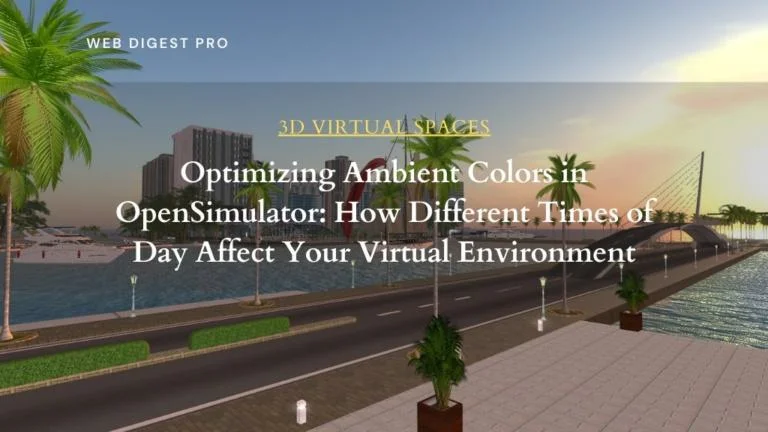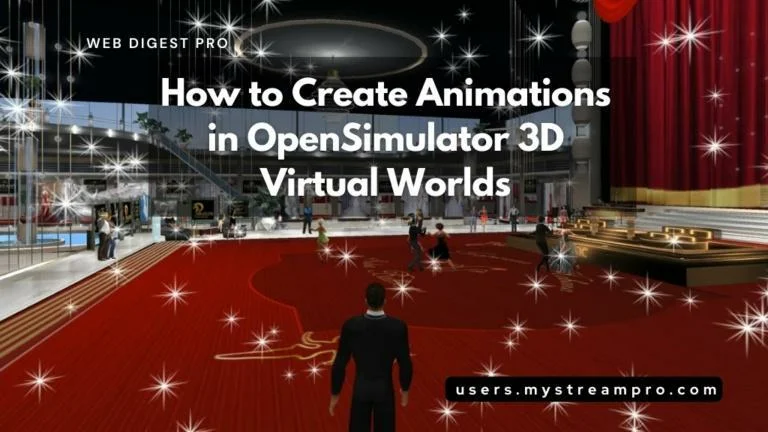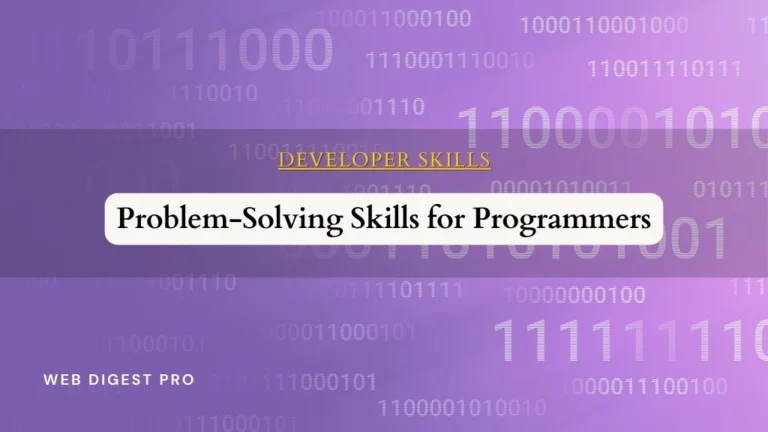OpenSimulator also referred as Opensim and 3D games both involve 3D virtual environments, but they serve quite purposes and have distinct features. To understand these differences, we clarify why OpenSimulator isn’t classified as a game, but as a virtual world collaboration platform. Here’s a breakdown of the key distinctions:
1. Purpose and Use Case
– OpenSimulator is an open-source platform for creating and hosting virtual worlds. It is often used for social interaction, education, training, and simulations. Users can create their own worlds, design environments, and script behaviors. Learn more about the benefits of OpenSimulator in Exploring the Advantages of OpenSimulator in 3D Virtual Spaces.
– 3D games are typically designed for entertainment. They have predefined objectives, storylines, and gameplay mechanics. Players interact with the game environment to achieve goals, solve puzzles, or compete against others.
2. Customization and Creation
– OpenSimulator offers extensive customization. The users create their own content. They can design their own avatars, and even build their own virtual spaces. The focus is on user-generated content and creativity. Discover how to create engaging environments with Optimizing Ambient Colors in OpenSimulator: How Different Times of Day Affect Your Virtual Environment and Opensimulator Terraforming with Photoshop.
– In 3D games, customization is usually limited to what the game developers provide, such as character appearance or certain in-game items. The environment, story, and interactions are predefined by the developers.
3. Interactivity
– OpenSimulator is highly interactive in terms of social interaction. It allows multiple users to be in the same virtual space, communicate, collaborate, and build together. It’s more of a social platform than a game. Explore how OpenSimulator fosters engaging communities in Engaged Communities in Virtual Spaces.
– Interactivity in 3D games is usually tied to gameplay mechanics—combat, puzzle-solving, exploration, etc. While some 3D games have multiplayer features, the interaction is often more competitive than collaborative.
4. Gameplay vs. Exploration
– There is no inherent gameplay in OpenSimulator. It is a sandbox environment where the experience is defined by the users. It’s more about exploring and creating rather than playing a game with objectives.
– 3D games are structured with clear objectives, rules, and often a narrative that guides the player’s actions. The exploration in 3D games is usually part of achieving in-game goals.
5. Technical Aspects
– OpenSimulator runs on a grid system where different regions can be hosted on different servers. It requires more technical knowledge to set up and manage compared to playing a 3D game. For insights on the technical setup, check out What Is Expo-Host? Transforming Virtual Event Experiences.
– 3D games are typically more user-friendly for the end-user, requiring only the installation of the game to start playing. They are optimized for performance and user experience in specific gameplay scenarios.
6. Community and Content
– OpenSimulator has a community-driven approach, with content and experiences being created by the users themselves. It’s more open-ended and flexible. Learn more about building and engaging with virtual communities with How to Build a 3D Community: A Step-by-Step Guide and Bridging Art and Technology: Interactive Virtual Environments with MyStreamPro.
– The community in 3D games often revolves around fan content, mods, or multiplayer interactions, but the core experience is created by the game developers.
In summary, OpenSimulator and 3D games serve different purposes. OpenSimulator is a versatile platform for creating and exploring user-generated virtual worlds, focusing on social interaction and creativity without predefined objectives. On the other hand, 3D games offer structured, entertainment -focused experiences with specific goals and gameplay mechanics.
Transform Your Team’s Collaboration with OpenSimulator
Global Access: OpenSimulator enables teams to collaborate effortlessly across diverse virtual spaces, connecting talent from around the world. This global reach supports flexible, immersive work environments where geographical barriers are a thing of the past. For more on the impact of virtual environments on global collaboration, check out 3D Virtual Offices vs Real Offices: A Comprehensive Comparison.
Effective Communication: OpenSimulator digital spaces are equipped with a range of communication tools, including text chat, voice chat, and virtual whiteboards. These features ensure clear and effective exchanges of ideas and information, enhancing the collaborative experience. Learn more about creating engaging online spaces with How to Create an Engaging Online Cinephile Club with MyStreamPro.
Real-time Collaboration: With capabilities for real-time editing of shared objects, collaborative building, and instant feedback, teams can make quick decisions and adjustments. This dynamic interaction fosters a productive and responsive virtual work environment. Discover practical steps for real-time interaction in How to Build a 3D Community: A Step-by-Step Guide.
Efficient Record Keeping: Automatic logging of interactions and a comprehensive archiving system ensure that conversations, design changes, and project progress are meticulously documented. This makes it easy to retrieve and review important information whenever needed.
Positive Interactions: Social spaces, community boards, and in-world recognition systems create a positive atmosphere that encourages creative collaboration and the free exchange of ideas. These elements help build a supportive and engaging community. Learn about enhancing virtual communities with Engaged Communities in Virtual Spaces.
Warm Atmosphere: Customizable avatars, personalized virtual environments, and interactive elements contribute to a welcoming and engaging space. This fosters strong connections and effective non-verbal communication, making virtual interactions feel more personal. For insights on enhancing your virtual world environment, see Optimizing Ambient Colors in OpenSimulator: How Different Times of Day Affect Your Virtual Environment.
Cost-Effective Meetings: The usual travel costs, venue rentals, and accommodation expenses are eliminated. Virtual meetings offer thus a budget-friendly alternative to traditional in-person meetings without compromising on quality or engagement. Explore how virtual events can transform your experiences with What Is Expo-Host? Transforming Virtual Event Experiences.
Ready to Dive into the World of Virtual Environments?
Consider the possibilities with OpenSimulator and experience the freedom of creating your own virtual world. Whether you’re interested in social interaction, educational simulations, or just having fun with limitless creativity, MyStreamPro offers a unique and flexible platform.
Get Started with MyStreamPro Today
For more information, visit Expo-Host or explore 20+ 3D Worlds here.
Subscribe to our newsletter!












+ There are no comments
Add yours